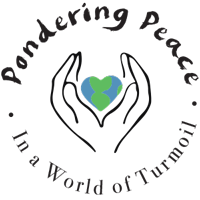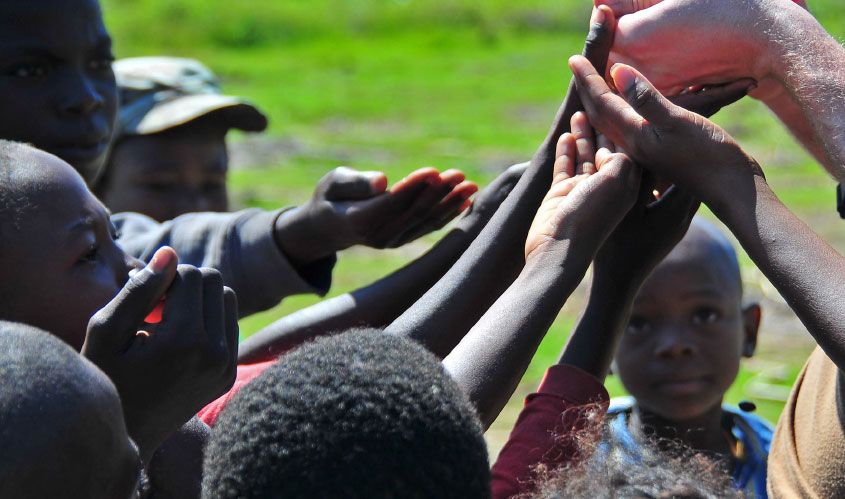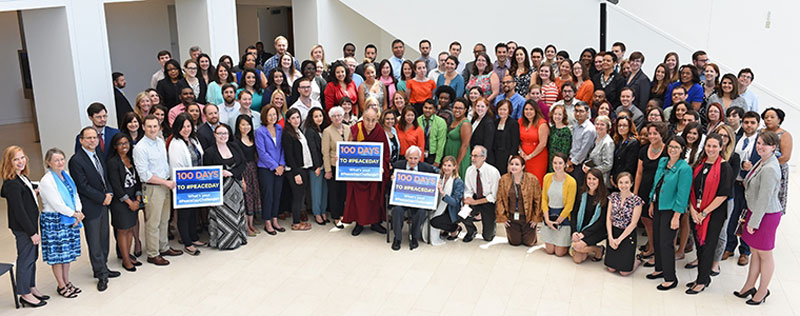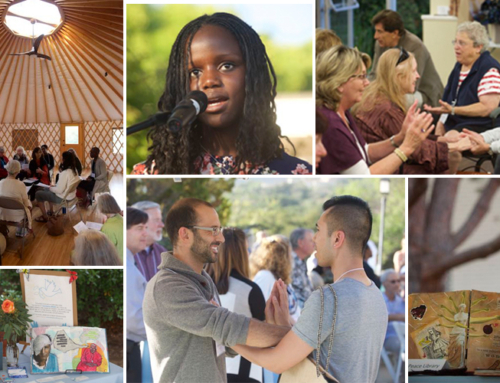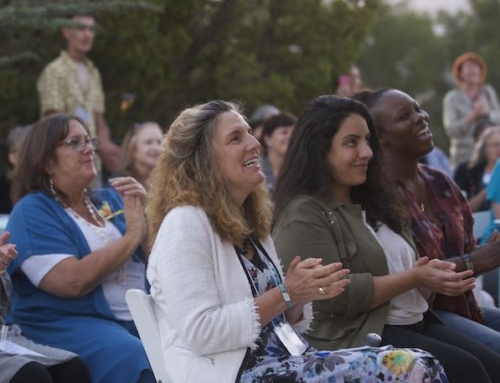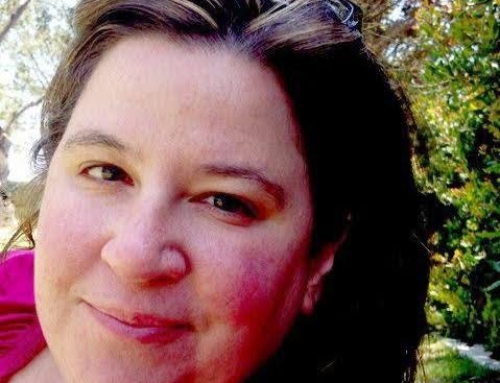To Build Peace, Take Action:
Peace Day Challenge 2016
His Holiness the Dalai Lama made a powerful point during a visit to USIP last month, a day after the Orlando nightclub shooting that killed 49 people and wounded 53. After leading the audience in a moment of silence for the victims and survivors, he noted his own skepticism about the power of prayer alone. “The real effect,” he said, “comes through … serious action.”
USIP’s core vision is a world without violent conflict. So we are once again joining with partners, networks and communities around the world to emphasize action for peace with the second annual Peace Day Challenge for the International Day of Peace on September 21. More than ever, we need a global campaign to make peace a practical priority for individuals, communities and countries all around the world. Peace is not an abstract concept, but rather an urgently needed, realistic and attainable alternative to the violence that ravages too much of the world today. As we saw with the spasm of violence this past month—from terrible bombings in Baghdad, Saudi Arabia and Istanbul, to deadly shootings in Bangladesh and cities across the U.S.—we all need peace, and we can all take action to make it possible.
The United Nations General Assembly in 1981 established September 21 as the International Day of Peace to spotlight the ideal and potential of nonviolence across the globe. In fact, the world has seen a spectacular increase in peace since the inter-state wars that ripped apart whole regions throughout the 20th century. Since then, the Cold War ended, and we no longer have vicious wars between states. Instead, however, over the last decade we have seen a rise in protracted conflicts and civil wars within states.
Last year, violent conflict cost the global economy $13.6 trillion dollars. The U.N. has declared conflict to be the greatest threat to development, devouring hard-won advances in education, health or economic gains in places that need it most. A decade ago, 80 percent of our global humanitarian assistance went to those who suffered from natural disasters, while today 80 percent goes to victims of violent conflict.
In recognition of the global urgency to address the rise in violent conflict, this year’s International Day of Peace is dedicated to the new Sustainable Development Goals unanimously adopted last September by the United Nations General Assembly’s 193 member states. These goals reflect the growing global understanding that an equitable, inclusive and accountable social contract between citizens and their governments is the fundamental building block for peace. This acknowledgement is enshrined in Goal 16, which articulates the vision of peaceful, inclusive societies, with access to justice for all and “effective, accountable and inclusive institutions at all levels.” This is the foundation for building peace and enabling sustained progress on the rest of the Global Goals.
It is up to each of us to ensure the aspirations of these goals don’t remain lofty language simply rolled out during international convocations. Instead, this is what women in Colombia are doing when they work to ensure that their government is negotiating an inclusive peace; what Mon Women’s Organization is doing in Burma to facilitate dialogues between the police and women’s groups to establish critically needed relationships and mutual understanding on issues of domestic violence; what Iraqi mediators are doing in the northern Iraq city of Tikrit to broker a critical local peace agreement between Shia and Sunni leaders amid tensions over one of the country’s worst massacres. This is what we see many thousands of Americans doing when they hold vigils with calls for kindness and peace, as they did this weekend at the State House in my home state of Minnesota.
Action is happening in communities around the world, and on September 21st, we have the opportunity to multiply, elevate and amplify the power of actions to create peace. Conflict is inevitable; violent conflict is not.
In the countdown to the International Day of Peace, USIP will recommit ourselves and our work to the proposition that peace is possible, peace is practical and peace is essential to national and international security. As His Holiness the Dalai Lama said when he helped us launch the countdown to Sept. 21, there are seven billion of us living on this planet, and in fundamental human ways, we are the same. Differences and distances can be bridged by discussion, he said.
Join us in the Peace Day Challenge, starting with the Twitter hashtag #PeaceDayChallenge. In 2015, we reached 21 million people in 129 countries on social media, with dozens of organizations and activities inspired by the Peace Day Challenge in 36 countries and 21 states.
To build peace, we must promote non-violent solutions in our communities, cities and countries. When we all work together, we can make peace possible.
Nancy Lindborg is the president of USIP.
